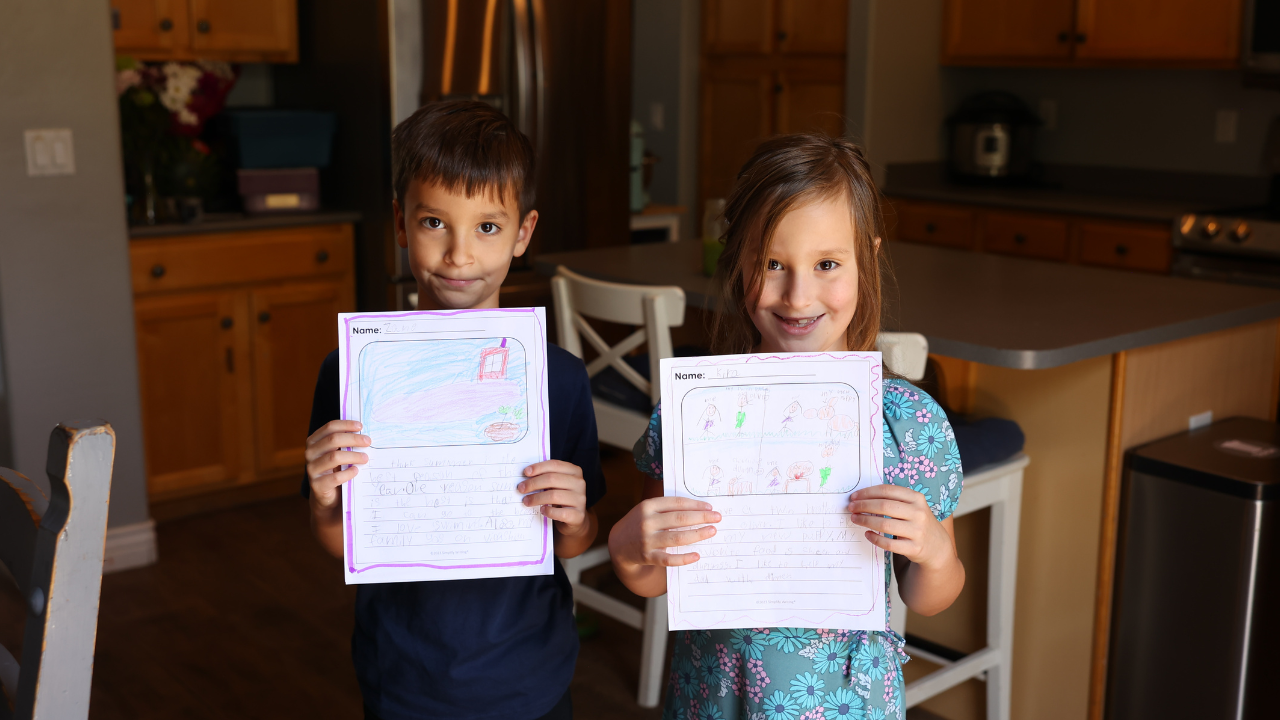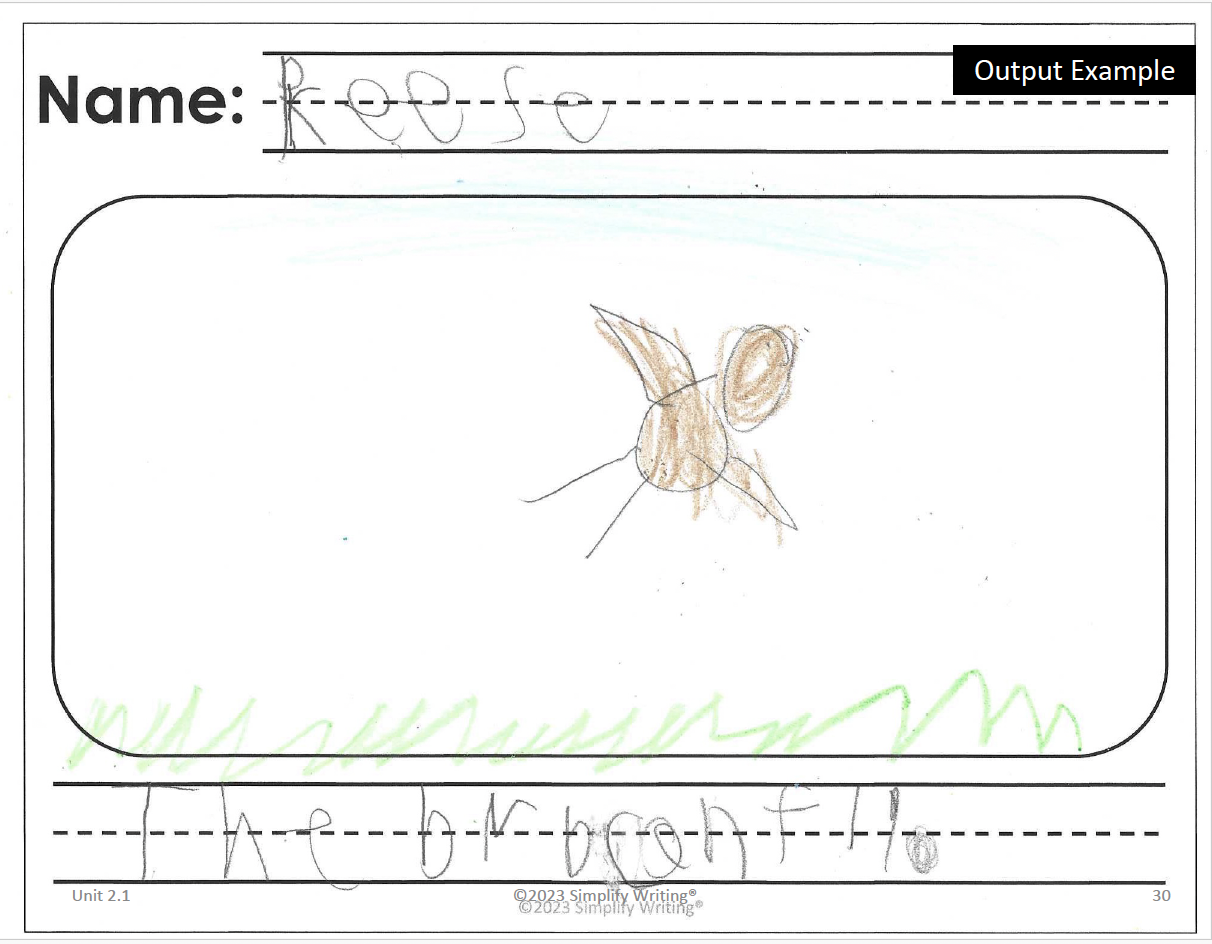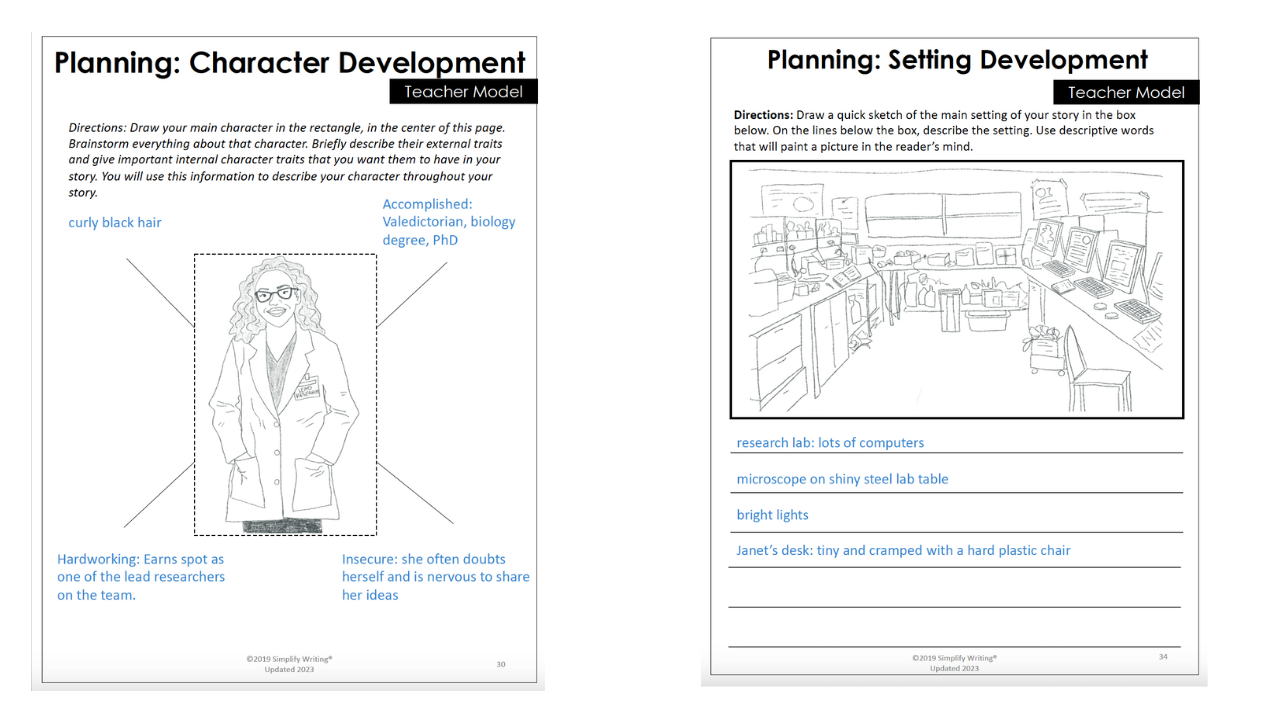Designing Literacy-Arts Integrated Writing Lessons: A Creative Approach to Learning

Recently, I had the pleasure of reading Innovation, Literacy, and Arts Integration in Multicultural Classrooms: Theory and Practice for Designers of K-8 Learning Environments by Wood, Stowell, and Goldberg (2024). This book explores the powerful ways literacy and the arts can intersect to create engaging and inclusive learning environments. During my reading, I was struck by how naturally these connections can enrich our writing lessons. By integrating art into writing instruction, we not only enhance creativity but also provide students with diverse ways to express their thoughts and ideas. In this post, I’ll share some thoughts on how we can bridge the gap between writing and art to inspire our students and transform the classroom experience.
Background
In an age where creativity and critical thinking are paramount, integrating arts into literacy instruction presents an innovative pathway for enhancing student engagement and understanding. Designing literacy-arts integrated writing lessons allows teachers to harness the power of creative expression while simultaneously developing essential writing skills. This approach not only enriches the learning experience but also fosters an environment where students can see the interconnectedness of various disciplines.
One of the foundational concepts in designing these lessons is the Bricolage Literacy and Arts Framework, which emphasizes remixing existing theories and pedagogical strategies to meet diverse learner needs. This framework promotes the idea that literacy and the arts should not be viewed as separate entities but rather as complementary components of a holistic learning experience. As educators, we can create environments where students engage in multimodal activities that allow them to express and communicate their ideas through various artistic mediums, thus reinforcing their writing skills (Wood et al., 2024).
Designing Literacy-Arts Writing Lessons
Incorporating the arts into writing lessons can take many forms, such as using visual arts as inspiration for narrative writing. For instance, teachers can present students with a piece of artwork and prompt them to write a story or poem based on their interpretation of the piece. This strategy encourages learners to observe closely, think critically, and express their understanding creatively. As noted in the text, “When the arts are central to a literacy lesson’s purpose, learners are more likely to see how thinking in art connects, furthers, or challenges thinking about literacy” (Wood et al., 2024). This integration not only enhances writing skills but also deepens students' appreciation for artistic expression.

Simplify Writing® Kindergarten Foundations, Lesson 2.1
Furthermore, literacy-arts integrated lessons can include collaborative projects that emphasize peer interaction and feedback. For example, students might work in groups to create a digital story that combines narrative writing with multimedia elements like images, sound, and video. This collaborative approach not only enhances creativity but also nurtures essential skills such as communication, teamwork, and problem-solving. Such rich, interactive experiences are essential for cultivating a sense of agency in learners, allowing them to take ownership of their learning journey (Wood et al., 2024).
Literacy-Art Connections We Include in Simplify Writing®
-
Illustrate Stories
Students create illustrations to accompany their written stories, helping them visualize their narrative and adding depth to their writing. -
Create Storyboards
Before writing a story, students design a storyboard to map out key scenes. This combines visual storytelling with written narrative structure. -
Draw Characters
Students draw their story’s characters, focusing on how appearance and clothing reflect personality and setting. -
Create Story Maps and Timelines
Students create visual story maps or timelines to outline their ideas before writing, integrating art with planning and organization. -
Use Picture Prompts
We sometimes use graphics or photographs as prompts for writing. Students write stories or descriptive paragraphs inspired by the image. -
Thematic Art Project Connections
Writing output is open-ended, so teachers can pair writing assignments with art projects on the same theme. For instance, after writing about animals, students could create a habitat diorama or paint the animal they wrote about.

Simplify Writing® 4th Grade Creative Narrative Unit
Assessing the Arts in Literacy
Assessment in literacy-arts integrated writing lessons also requires thoughtful consideration. Traditional grading methods may not fully capture the richness of students' creative processes and outputs. Employing peer reviews and self-reflections can provide valuable insights into students' learning and growth in the arts. As discussed in the text, “Diverse approaches to observing and documenting learning help us uncover each learner’s potential—in the modes they learn best” (Wood et al., 2024). This flexibility in assessment aligns with the principles of arts integration, which value the creative process as much as the final product.
By embracing the Bricolage Literacy and Arts Framework, teachers can create engaging, meaningful learning experiences that foster creativity, critical thinking, and effective writing skills. Collaborative projects, multimodal activities, and thoughtful assessment practices can empower our students to become not only proficient writers but also innovative thinkers and creators. The arts are not merely an addition to literacy education; they are a vital component that enriches the learning experience and promotes deep, lasting understanding.
Resources
Wood, C., Stowell, L. P., & Goldberg, M. R. (2024). Innovation, literacy, and arts integration in multicultural classrooms: Theory and practice for designers of K-8 Learning Environments. Routledge.
Free Workshop for K-8th Grade Teachers
Learn simple engagement strategies to help reach your writers of varying ability levels during our free 90 minute training.
If you're a school administrator, take this training instead.

